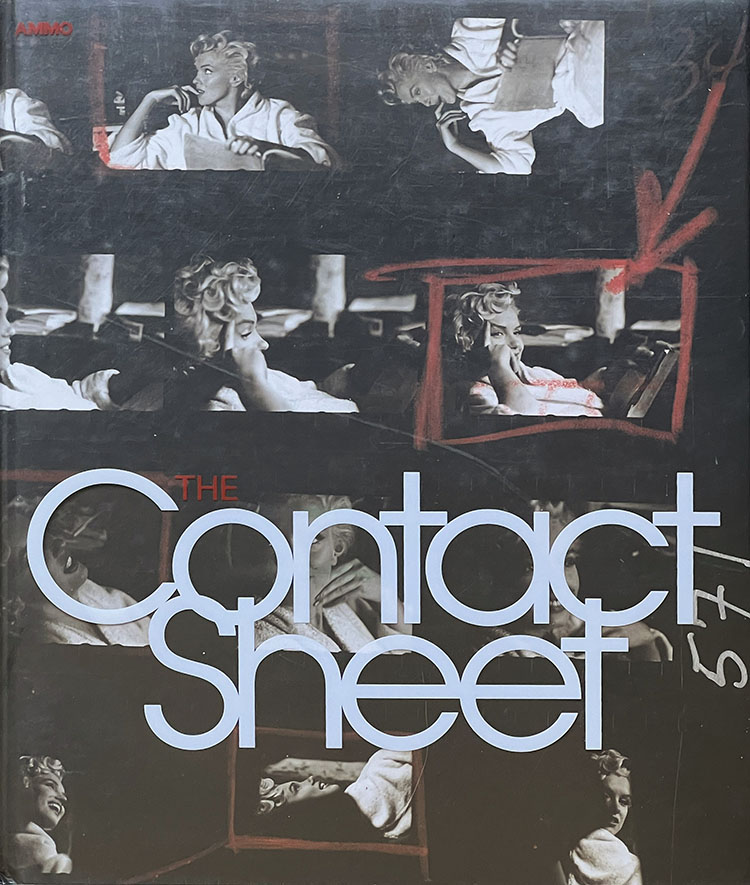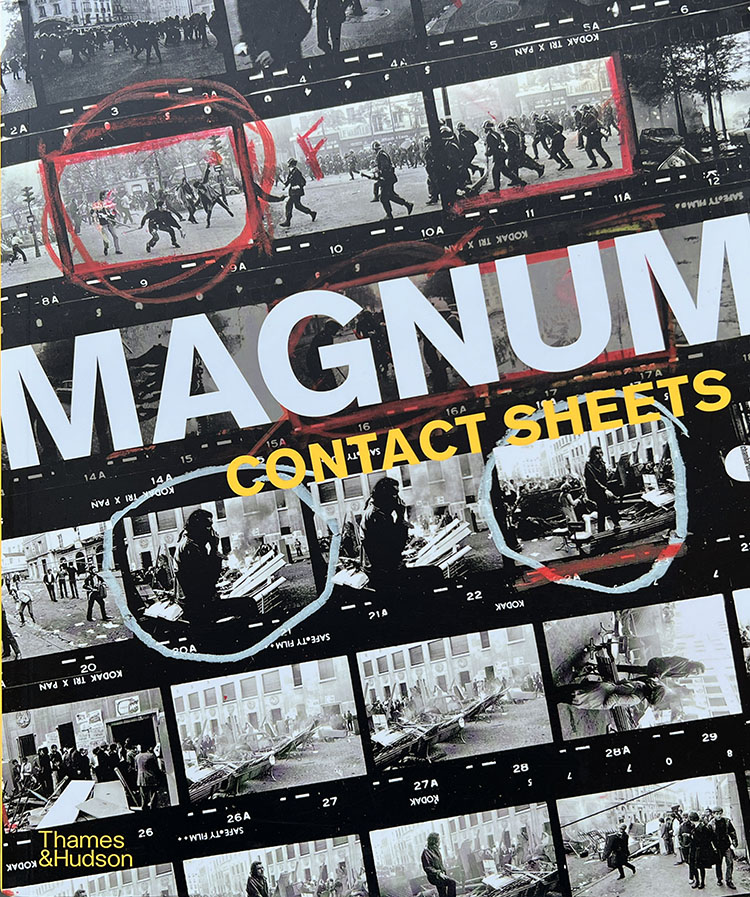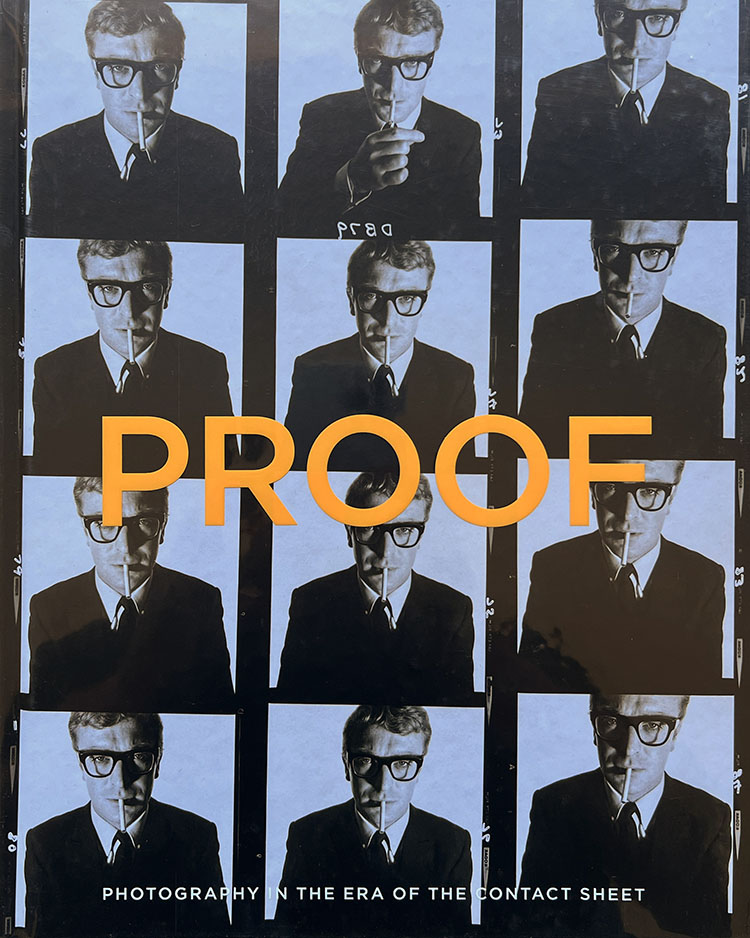Use The 8 Classic Shots Of Photo Essays To Tell Better Stories

Every picture tells a story. Combine pictures to form an essay, and your storytelling options multiply. This is one way to tell a more complete story, add depth, complexity, counterpoint, nuance, show change over time, and so much more. A photo essay transcends a single lucky shot. It demonstrates commitment, focus, versatility, and skills of another order.
Essays have definite structures, with a clear beginning, middle, and end – often with standard components that flesh out and advance a story in critical ways. Journalists excel at this type of storytelling. Sometimes they even use cinematic conventions, components, and strategies. Moviemakers storyboard their creations before filming commences. Cinematographers and film editors ultimately develop their own styles with how they handle these devices, and they can also become a part of your style.
Identifying the necessary components of an essay is the first step. Once you know the types of images you need to tell your story, you’ll know what to shoot while you’re on location and maybe even when you need to be there. If you don’t identify these elements beforehand and make sure you come back with each of them, you may find you lack critical pieces. There will be holes in your story. And you may have to return to finish it – if you can.
Even if your work isn’t narrative, learning these skills will help you create more images, be more versatile, make stronger comparisons and contrasts, and create more effective continuity and transitions between images.
These are the classic elements used to structure a photo essay presented in order of appearance.
1 Introduction
2 Set the Stage
3 Identify the Main Character
4 Significant Detail
5 Human Interest
6 Decisive Moment
7 Outcome
8 Conclusion
You could say all other images included in an essay are just variations of these few types of images. I’d be surprised if exceptions couldn’t be found, but they would be exceptions. These are worth committing to memory and ultimately making second nature. If you do, you’ll become a more capable and versatile photographer.
What is the function of each image type?
3 Great Books On Photographic Contact Sheets
You can learn a lot about looking by looking at photographers’ contact sheets. (Today, it’s digital collections.) It’s the closest any of us will get to see how another person goes through searching for an image. Warm-ups, near misses, fine-tuning compositions, and the decision of when to stop or move on to something someplace else entirely; they’re all significant and informative. It’s rare to be able to see photographers other than ourselves at work like this.
You can enjoy the search for great images by great photographers in these three books.
(Click on the images for links to the books.) You can even purchase select Magnum Contact Sheets for display.
View my digital contact sheets here.
Learn more with my Visual Storytelling resources.
Learn more in my digital photography and digital printing workshops.
Use The Power Of Storyboarding To Structure Your Photographic Explorations
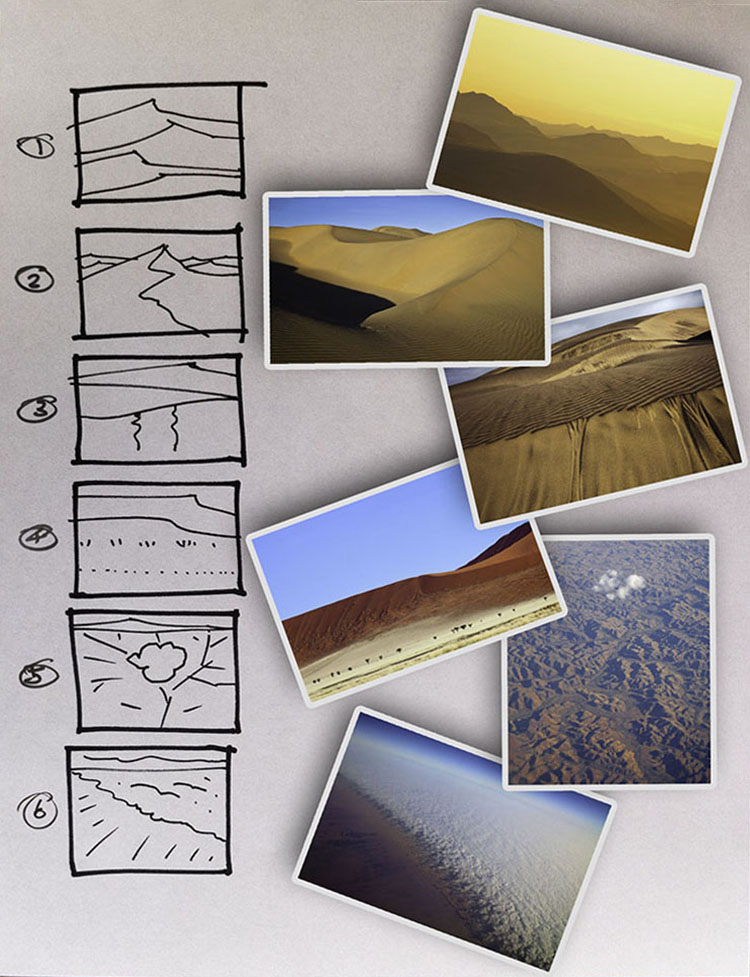
The first time I went to Namibia I used this storyboard to find more ideas and structure my thinking.
Find out how it worked out at the end of this article.
Movies are rarely shot without storyboarding them. Consider storyboarding your still photography projects too.
A storyboard is a hand-drawn map or timeline that identifies the various types of images needed to advance a story and the transitions between them. They identify the beginning, middle, and end of a story and the shots needed to move from one to the other. Storyboards create a guiding structure or framework that can help focus and strengthen your work.
You can use storyboards to structure your thinking when you’re developing still photography projects. Storyboards can help you do many different things, including finding out what your story is, generating ideas, identifying the shots you need, creating stronger relationships between separate images, and telling your story in more compelling ways.
Creating a storyboard doesn’t take long. You can create a simple storyboard in as few as two sketches – before and after or beginning and end. Then you can continue adding more frames to develop your story further.
Seven Tips for Making Basic Selections in Photoshop
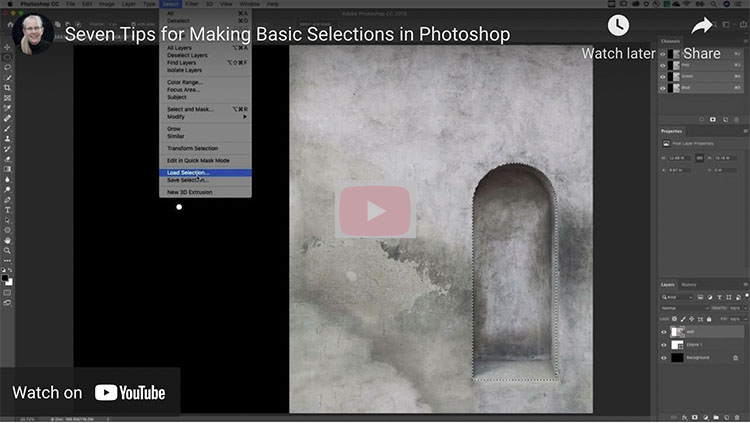
How To Break The Rules & Unlock New Creative Possibilities
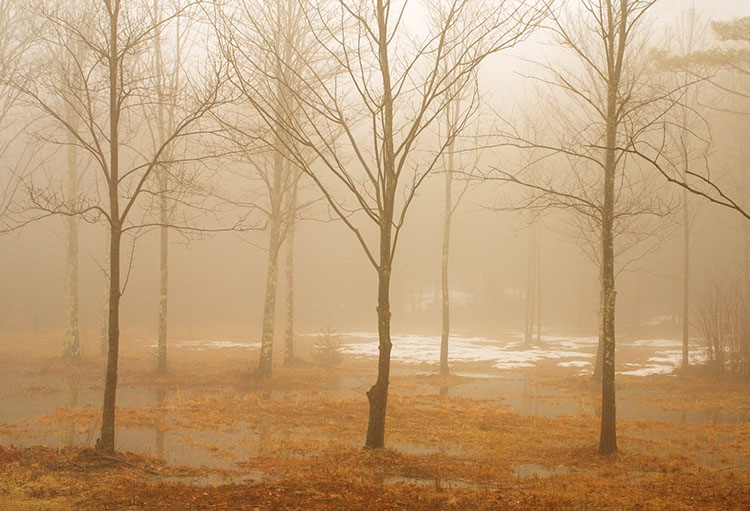
Stuck? Experiment! How? Try this.
List all of the rules of photography. Then break them.
Doing this will offer two profound benefits.
One, you'll develop a better understanding of and versatility with the medium.
Two, you’ll deepen your understanding of your personal goals and voice (vision and style).
If an experiment fails to produce interesting results, you’ll have proven confirmation that what you’re doing is working for you. If an experiment succeeds by producing results that are exciting to you, you’ll develop a new relationship with the medium and maybe even find a personal breakthrough.
Often you’ll need to try an experiment more than once. Try each experiment long enough to see whether they’re working or not; many of these things won’t feel natural at first.
I recommend making this kind of experimentation a lifelong practice. No matter how accomplished you are, discoveries await you.
Here’s a list to get you started …
How To Create And Use Hue Masks In Photoshop
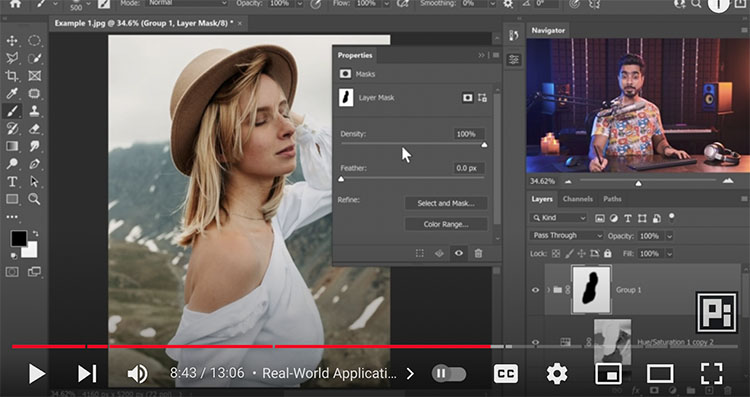
Reversal / Do The Opposite – It’s The Most Powerful Way To Innovate
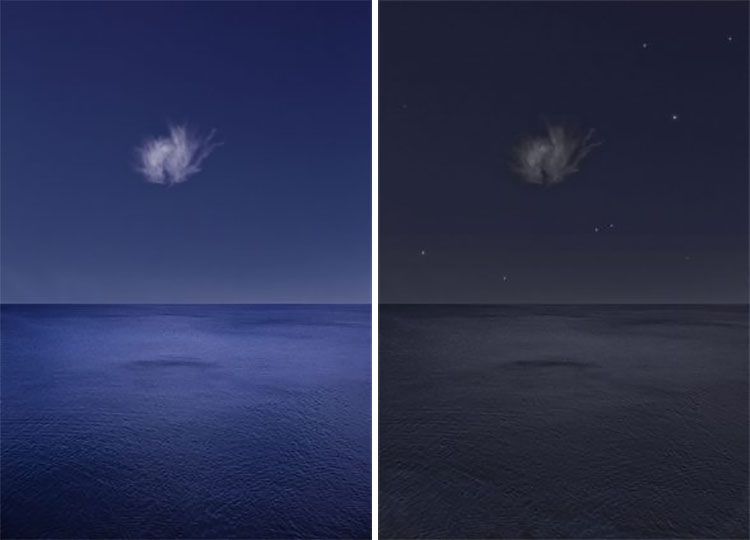
Day / Night
Looking for something new? Do the opposite of what you normally do. Use the power of reversal; it’s a powerful strategy used by countless creatives.
The principle of reversal is similar to the photographers’ 180-degree rule. You shoot in one direction. You’re so focused on one thing you don’t see all the other possibilities around you. You force yourself also to look 180 degrees in the opposite direction. You discover new vistas. It’s a good habit. Extend this. Identify the ways of seeing you typically engage. Now list other ways of looking and try them. You’ll quickly discover new ways of seeing that will reenergize you and make your work more vital.
Our minds are conditioned to think in terms of opposites, so ideas for reversal come easily to us.
On – Off
Dark – Light
Day – Night
Vertical – Horizontal
Up – Down
In – Out
Active – Passive
Moving – Still
Dynamic – Stable
Whole – Incomplete
Repaired – Broken
Full – Empty
Some – None
Many – One
Altered – Unaltered
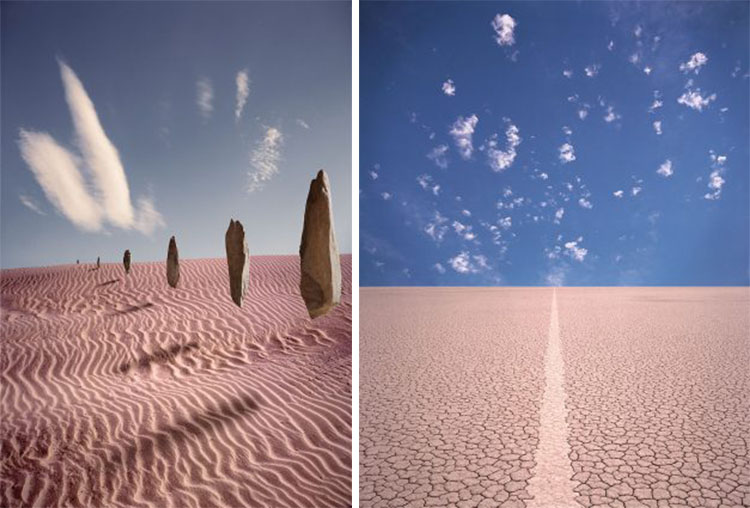
Full / Empty
Try putting a prefix of un or anti on any word (even if the results are not in the dictionary), and you’ll instantly find a different perspective. Then reverse that perspective. Inverting twice doesn’t always return you to the same point. New things can be gained in translation.
The possibilities are so limitless they can be overwhelming.
Break the challenge down into useful chunks.
Physical Processes
You can make reversals in your physical process.
How To Copy Color Grading From Paintings To Photographs Using Photoshop
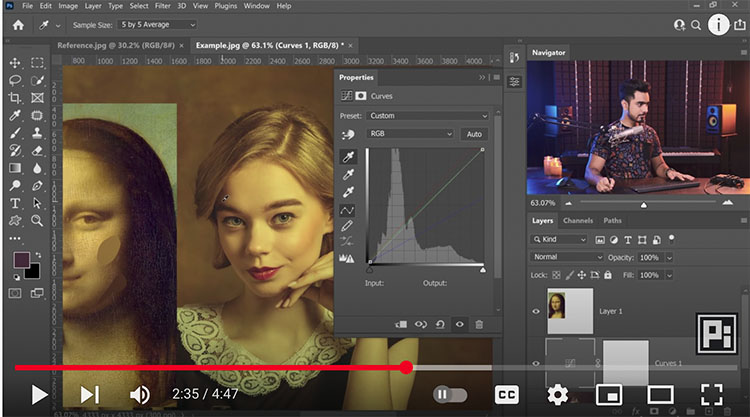
Every Picture Tells A Story … But How Does It Tell It?
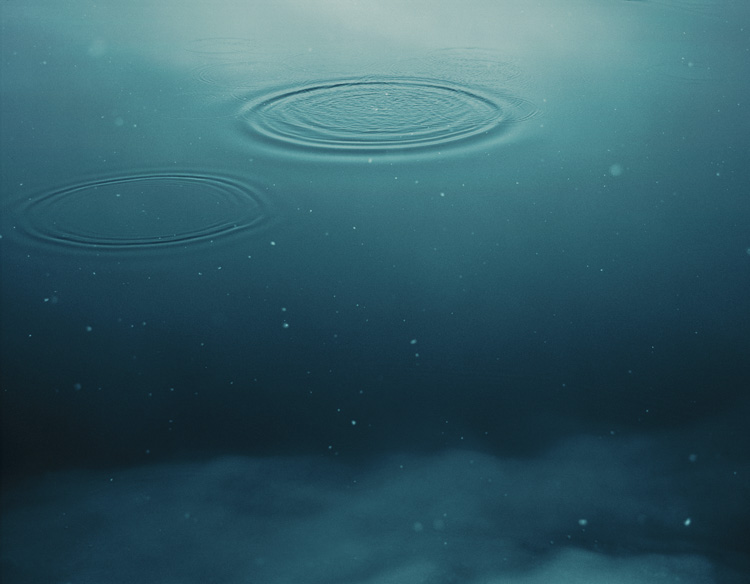
Visual stories can be simple or complex, quiet or dramatic, short or long ... the possibilities are endless.
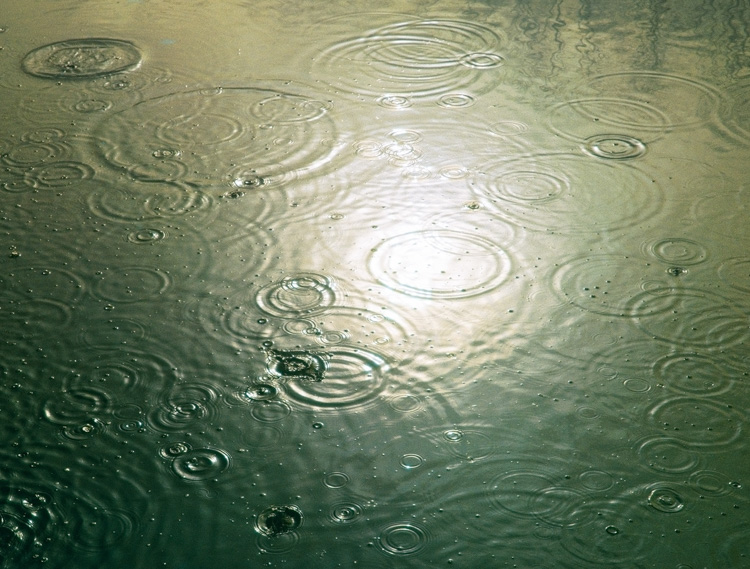
Even in abstract images things happen, at the very least formal elements interact.


Sometimes stories are told with images through their relationships with other images.
Every picture tells a story. Every picture? Every picture!
Even abstract images tell stories. The stories they tell are not about their subjects. By definition, they don’t have subjects. Or do they? They have themselves. So they tell stories about themselves. They tell stories about the things that make them – color, line, texture, shape, proportion, etc. How all of those things relate is a drama of form.
How many kinds of stories are there? There are scientific stories that tell us what things are and how they work. There are historical stories that tell us how things were, how they changed, and what they’ve become today – some even speculate about how things will be tomorrow. There are emotional stories that tell us how people respond emotionally to things. There may be more kinds of stories, but these are the big ones. When it comes to images, the stories they tell are usually only about a few kinds of things. The images themselves. The things images contain. The processes things go through. The feelings people have in response to things and processes. The concepts created through interpretation. Things: Nouns. Processes: Verbs. Feelings: Adjectives and Adverbs. Concepts: Abstract Ideas.
So if every picture tells a story, one way to determine the strength of an image is to ask, “How strong is the story?” Put another way, one way to improve your images is to tell stronger stories. A story doesn’t have to be big or dramatic to be strong; it just has to be told well. Tell stories strongly. Tell them with stronger form; tell them by more clearly delineating actions; tell them by disclosing emotional responses more passionately; tell them by inspiring us to find the bigger picture beyond each picture or group of pictures.


